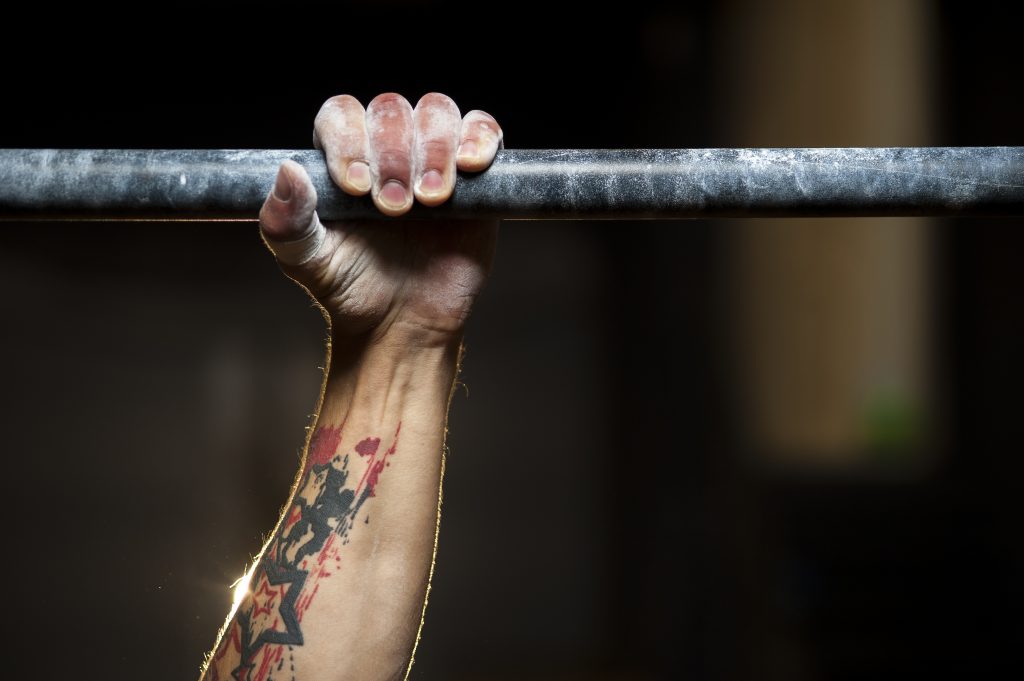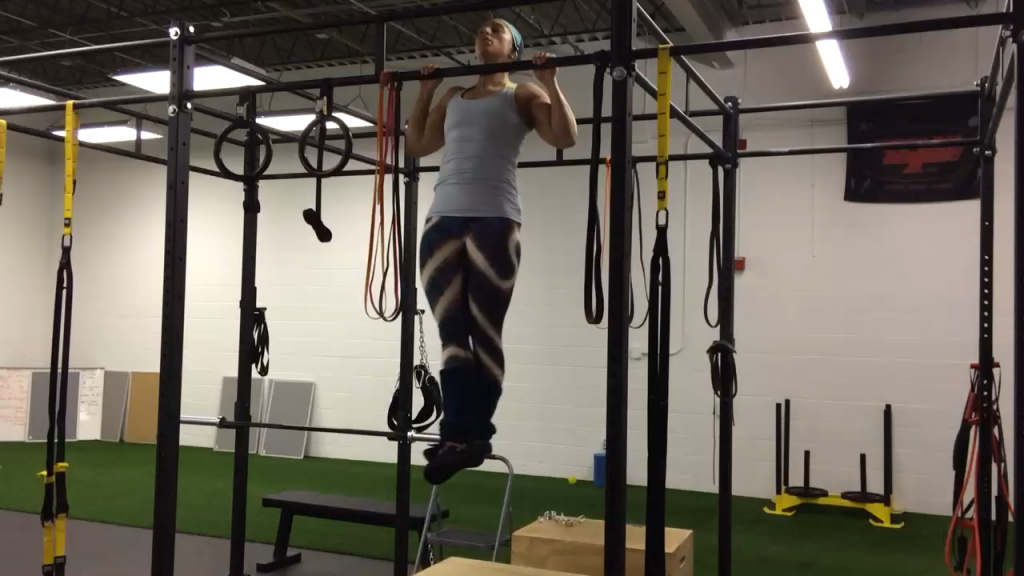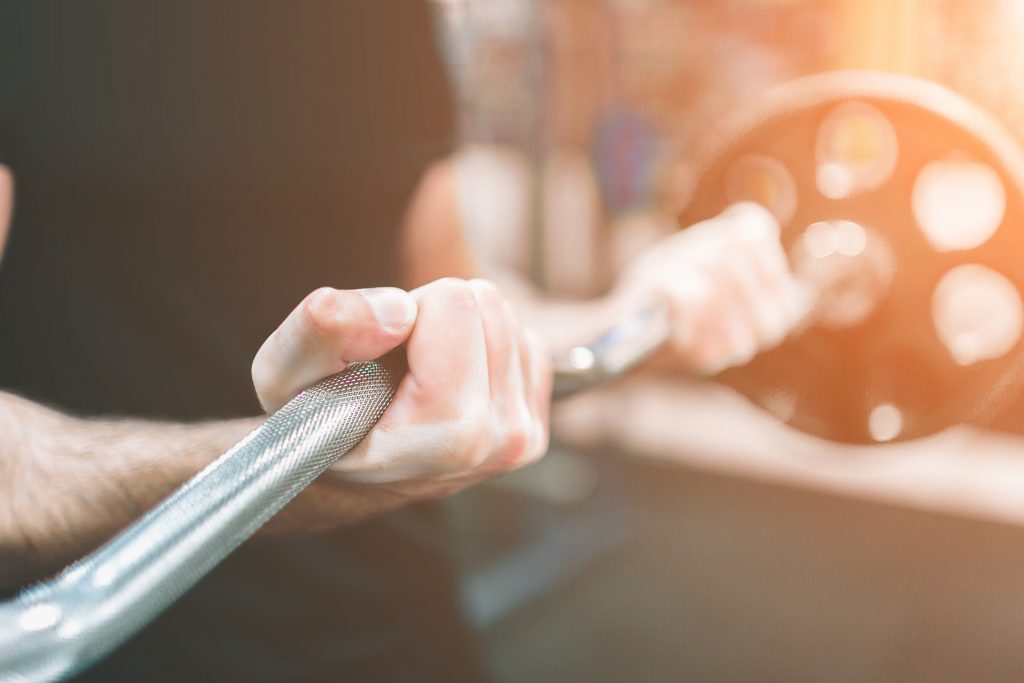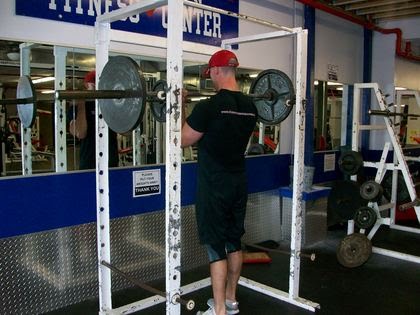Today I wanted to share some quickie thoughts with regards to pull-up/chin-up programming. I firmly believe possessing the ability to perform a pull-up, if not multiple pull-ups, is one of the most rewarding and worthwhile achievements to accomplish in the weight-room.1
- Pull-ups are a fantastic way to measure and gauge relative strength; I.e., your strength relative to your bodyweight.
- Pull-ups are great for overall shoulder health; I.e., help to offset muscular imbalances and/or strength asymmetries from pressing too much.
- Pull-ups make you look yoked.
- Pull-ups don’t require expensive equipment to perform.
- There are an infinite number of variations you can play around with.
- Uh, if you ever find yourself climbing a mountain, pull-ups help you from falling off it.
- Let’s see.
- They’re just good for you, alright. Trust me.

When it comes to programming the pull-up/chin-up here are some things to consider.
1. All Rows Count
I think where a lot of trainees (and even coaches) go wrong is falling into the trap that in order for someone to perform their first pull-up/chin-up that they have to do pull-ups/chin-ups.
My friend Meghan Callaway did a great job of extolling why this is not necessarily the case in THIS post.
That said, I think all rowing movements count and should be utilized in this scenario.
Yes, specificity matters and takes precedent.
However, building pulling strength in general – incorporating row variations from varying angles with varying implements with varying set/rep schemes – is going to have a profound carryover for pretty much everyone.
What’s more, and as my other good friend, Bryan Krahn, has noted on several occasions…building a muscular physique can take years (if not decades).
As such, “its best to use joint friendly exercises as your training “cake” with other effective yet potentially problematic moves serving as “icing.”
When it comes to back training:
Cake: Rows (ALL FORMS <— seriously, use them all)
Icing: Pull-ups
Pull-ups can (not always) beat up people’s elbows – particularly when volume is cranked up and someone’s not prepared for it.
To that end, be intelligent and don’t downplay your rows.
2. Do More
Now, forget what I just said about volume.
I think one of the biggest mistakes I see most people make with their pull-up/chin-up programming is that they simply don’t train the pattern enough.
Most people will train their pull-up once, maybe twice per week.
This isn’t enough.
Strong First coach and pull-up badass, Artemis Scantalides, will often advocate a frequency of 4-5x per week.

To mirror what I mentioned above, though, when Artemis says 4-5x per week that includes a hodge-podge of ground based drills like push-ups and hollow holds, pull-up assistance drills such as band-assisted pull-ups, eccentric pull-ups, and flexed-arm hangs, in addition to TRX row variations or even hybrid drills like a Rack Pull-Up.
So, not just pull-ups/chin-ups.
Starting to catch a theme here?
One day may include nothing but Hollow Hold drills; the next Flexed Arm Hangs for time; and the next Band Assisted Pull-Ups.
Later in the week you toss in some high-rep TRX Rows.
All told that’s four separate “exposures” during one training week that either hit the pattern itself or have a favorable carryover. You can bet this will be a far superior and time efficient manner to finally conquer that pull-up/chin-up conundrum.
3. Easy Training Is Good Training
I’ve championed this saying before, but it bears repeating. I’d rather my clients leave the gym feeling refreshed and wanting more than feeling like the lost an arm-wrestling match to a tank.
That doesn’t even make any sense, which is precisely my point.
Neither does it make sense to train to failure every…single…set…of…every…single…day.
Missing reps routinely does you no favors. Straining, fighting, and clawing for every rep does you no favors.
By contrast, hitting your reps helps you. Ensuring the bulk of them are clean, “fast,” and performed with pristine technique helps you.
With regards to increasing the total number of pull-ups you can perform this is key. It’s called greasing the groove, and it works.
Lets say you can currently perform four pull-ups and you want to be able to do more. Stop TESTING the total number you can do and actually BUILD it.
Every few hours, perform HALF that number; in this case two.
This will ensure each rep is textbook. Jesus himself will weep because these reps will be so immaculate.
- If you do this 4-5x per day that’s 8-10 immaculate pull-ups.
- Over the course of a week that 56-70 immaculate pull-ups.
- Over the course of a month that’s 216-280 wet dream inducing pull-ups.
You will be able to perform more than four pull-ups after all that.
And you won’t feel like a bag of dicks either.
The Ultimate Pull-Up Program
If you’d like more similar insights on the topic I’d encourage you to pick up Meghan Callaway’s fantastic resource.

It’s impressive, thorough, and something she put a ton of work into. I can’t say enough good things about it.
Whether you’re a male, female, beginner, or elite lifter…this manual will have something to offer you. It’s currently on SALE for half-off the original price and the sale ends TONIGHT (10/27) at midnight.
Soooo, you need to act fast.
Go HERE.






